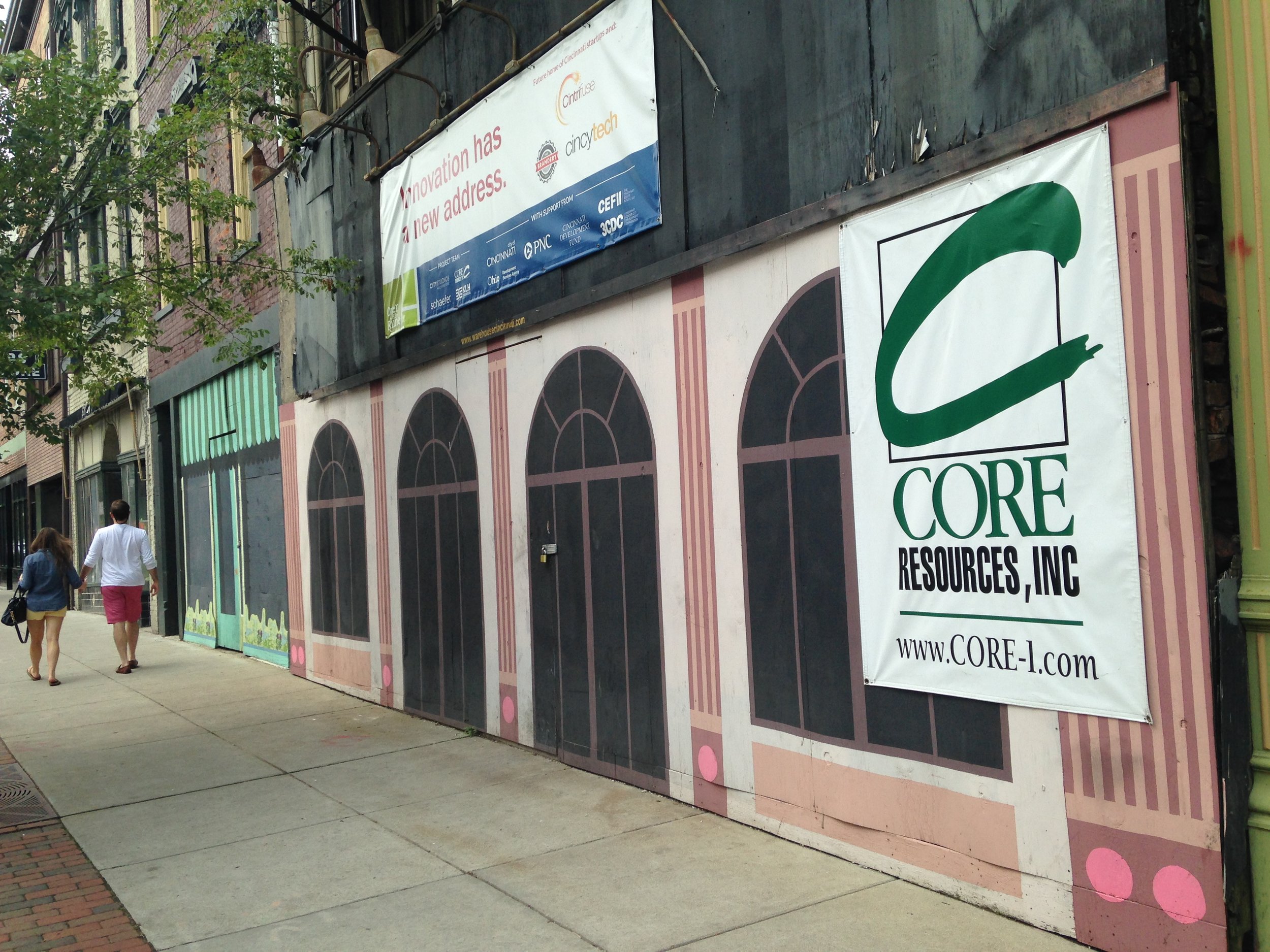By Lavea Brachman, Executive Director In the final hours of 2015, the Congressional spending bill redirected $2 billion of unspent mortgage relief funds for demolition programs that target blight in residential neighborhoods. As much as $100 to $200 million in funding could come to Ohio -- thanks to advocates, such as Jim Rokakis at the Thriving Communities Institute in Cleveland.
The Greater Ohio Policy Center (GOPC) applauds the federal recognition that legacy cities, such as those older industrial cities that populate Ohio, need special attention and investments to support their long climb back to prosperity. However, demolition is one tool in the toolbox local leaders need to eliminate those properties that encourage blight, destroy surrounding property values, and pose significant health and safety hazards. Mitigating residential blight through demolition must be accompanied by other measures, such as the preservation, renovation and rehabilitation of functional homes and commercial properties as well as reclaiming and reusing the many industrial sites located in our older communities. Pilot projects underway in Cleveland (e.g. Slavic Village) and Cincinnati (e.g. Evanston) neighborhoods suggest that a balanced approach combining rehab, demo and other neighborhood improvements can both provide affordable homes to those who need them and stem the tide of blight and abandonment. These constructive measures will go far to help our communities return to vibrancy.
While the thousands of acres of abandoned residential and commercial properties, decaying factories, abandoned gas stations, boarded-up strip malls and contaminated land that dot the Ohio landscape are eyesores and burden market recovery, they are also the assets of rebuilding our neighborhoods for tomorrow. We need a balanced approach that both retains neighborhood fabric yet eliminates those properties that are significantly devaluing their blocks and causing the most egregious harm. GOPC’s research has found that investments in these types of commercial and industrial opportunities can produce over $4 in additional economic activity for every $1 invested by the state and one more additional job for every one created through direct remediation.
We encourage local and state policymakers to think boldly about the ways to leverage new inflow of demolition dollars. GOPC, which specializes in the study and crafting of statewide revitalization policy, firmly believes that comprehensive revitalization strategy that addresses all types of blight and opportunity in our cities, villages, and townships will lead to a prosperous, sustainable Ohio.





